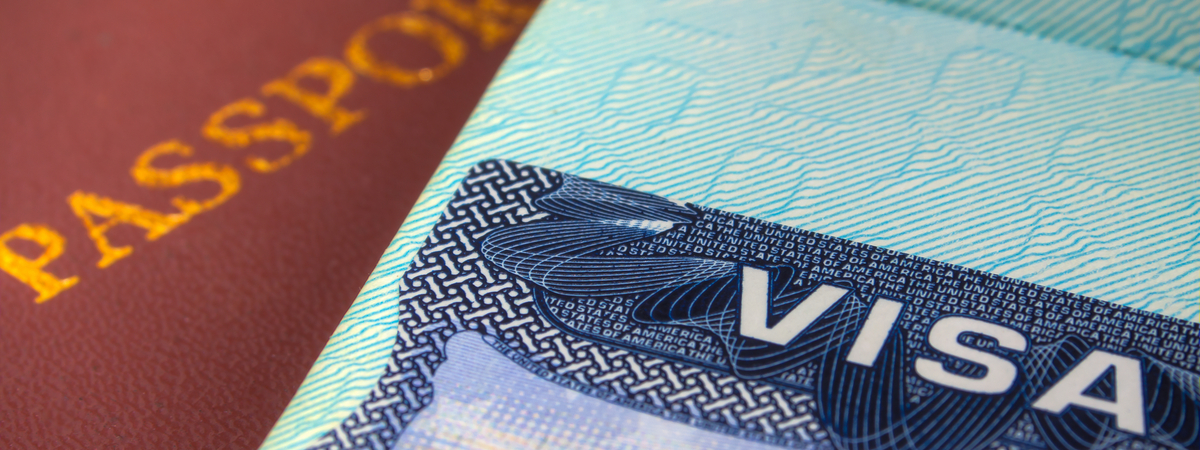The Department of State (DOS) recently released a cable summarizing USCIS policy guidance on H-1B visa petitions that involve a change in place of employment. As we reported previously, a Restrictive AAO Decision held that a change in the place of employment of a beneficiary to a geographical area requiring a new LCA may affect eligibility for H-1B status, and further, denotes a material change under the Code of Federal Regulations. USCIS later issued a Policy Memorandum in July 21, 2015, confirming the need for both a new LCA and an H-1B Amendment Petition, stating that the employee can begin working at the new location as soon as the petition is filed with USCIS. This memorandum also sets forth the criteria for when an H-1B amendment is required. Prior to this precedent AAO decision and USCIS Policy Memorandum, if there was a change in the area of employment for an H-1B worker, it was acceptable for an employer to post a new LCA and record the change of are of intended employment, without having to file an H-1B amendment petition. Since this AAO decision, employers are required to file both a new LCA with DOL and an H-1B amendment with USCIS, to reflect these changes.
The DOS cable advises consular officers on how to handle H-1B visa applications where an H-1B amendment may have been required. The cable also discusses when an amended or new petition is required. Before any H-1B worker makes a visa application at a U.S. Consulate abroad, employers should confirm that the place(s) of employment is (are) accurately reflected on the H-1B worker’s filing documents.


